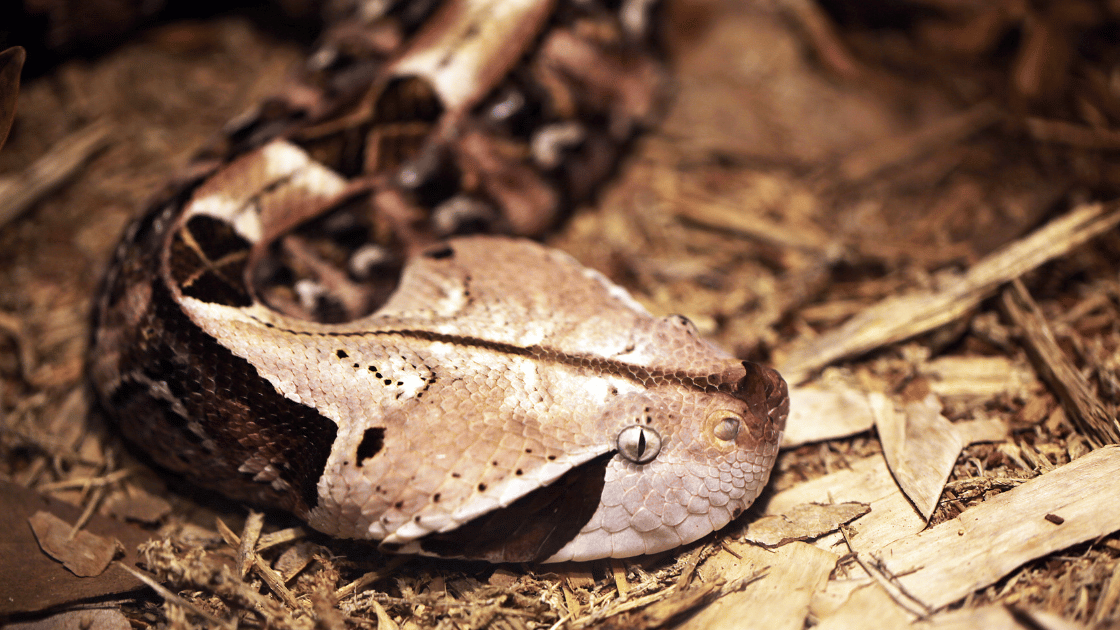Gaboon vipers have the second-largest venom yield of other snakes. They’re typically found in dense tropical rainforests and savannas in parts of sun-Saharan Africa.Gaboon vipers have the second-largest venom yield of other snakes. They’re typically found in dense tropical rainforests and savannas in parts of sun-Saharan Africa.






